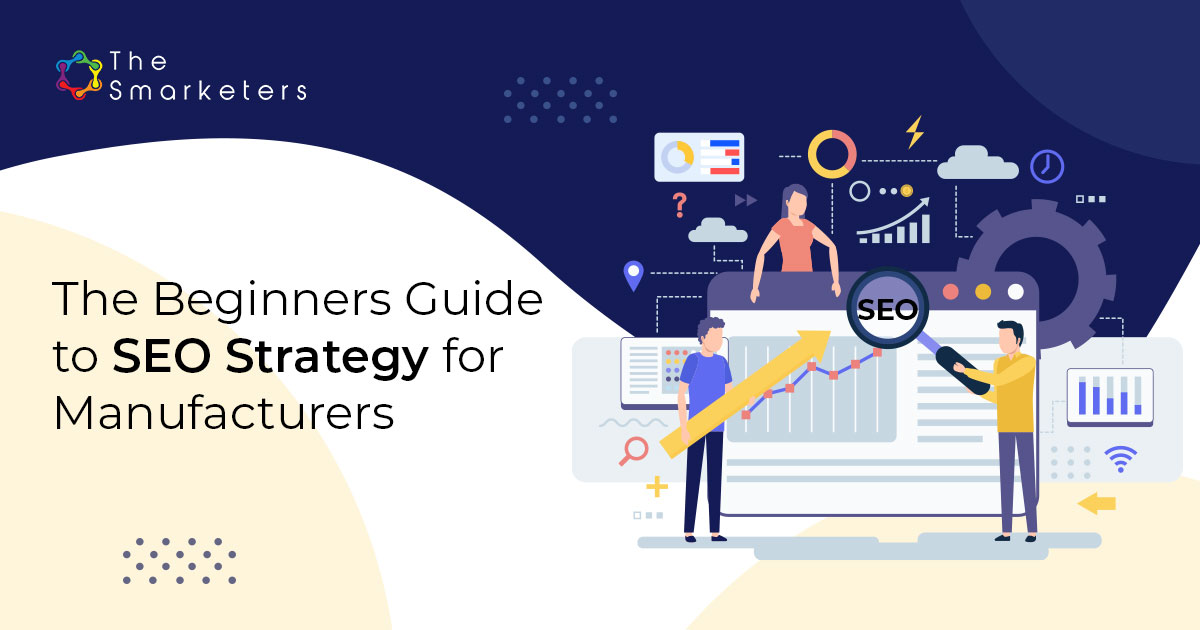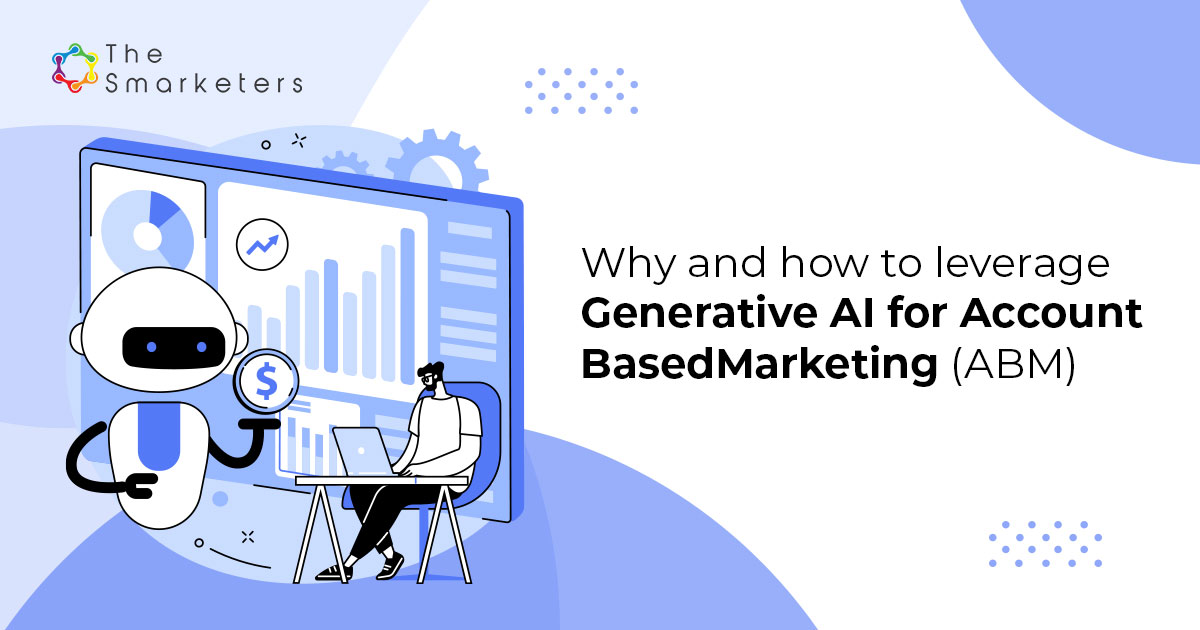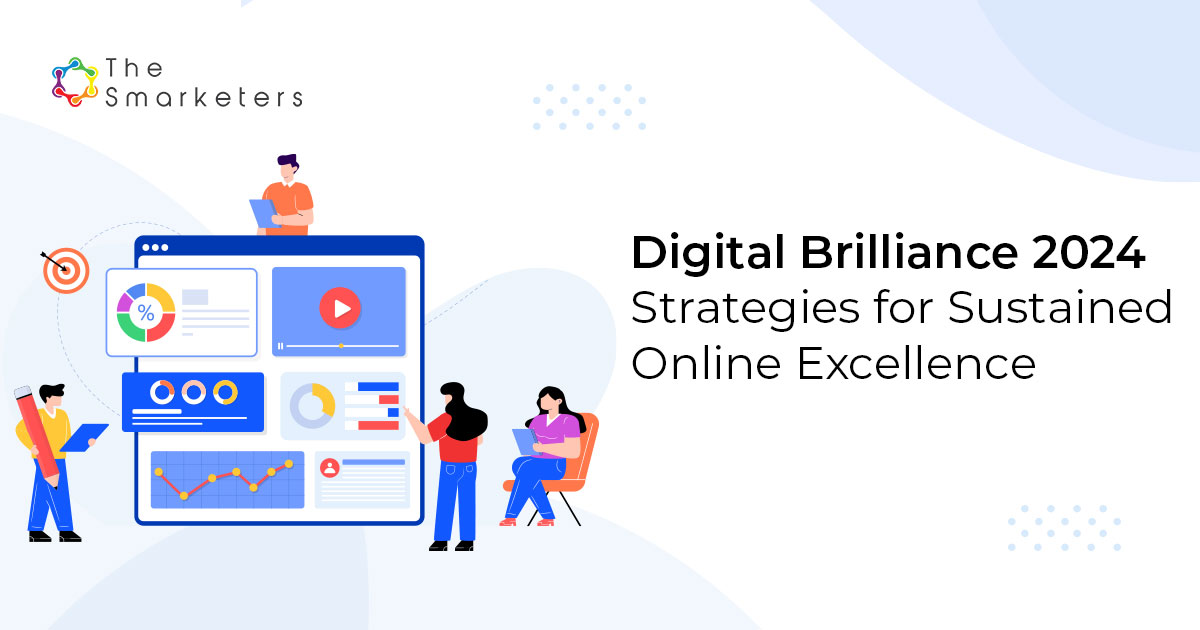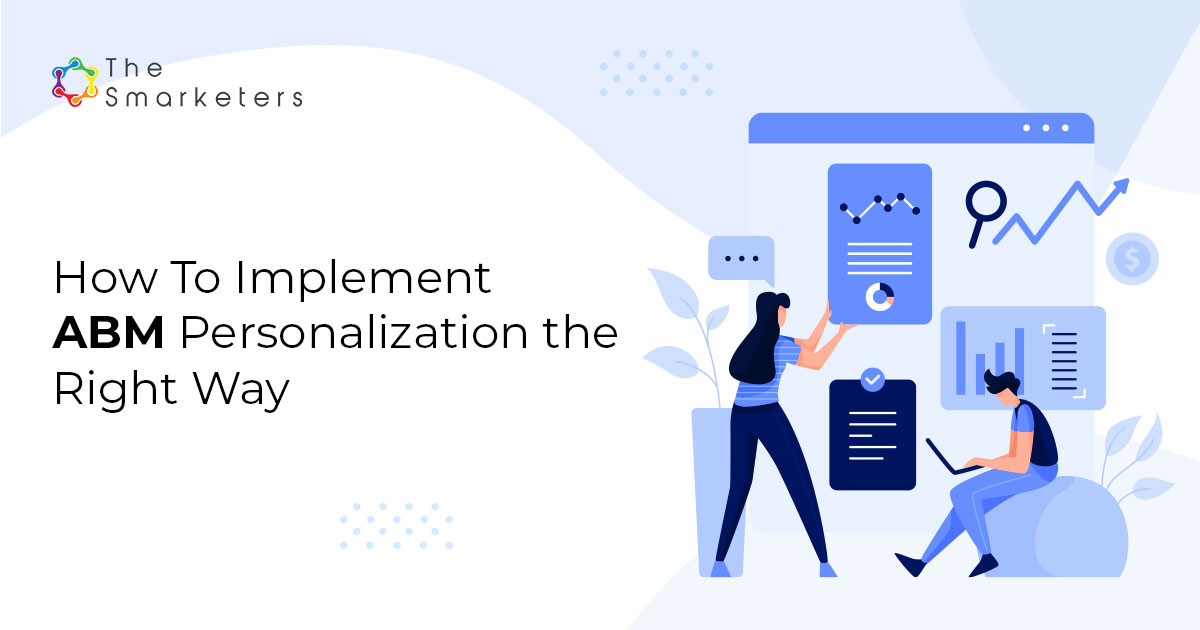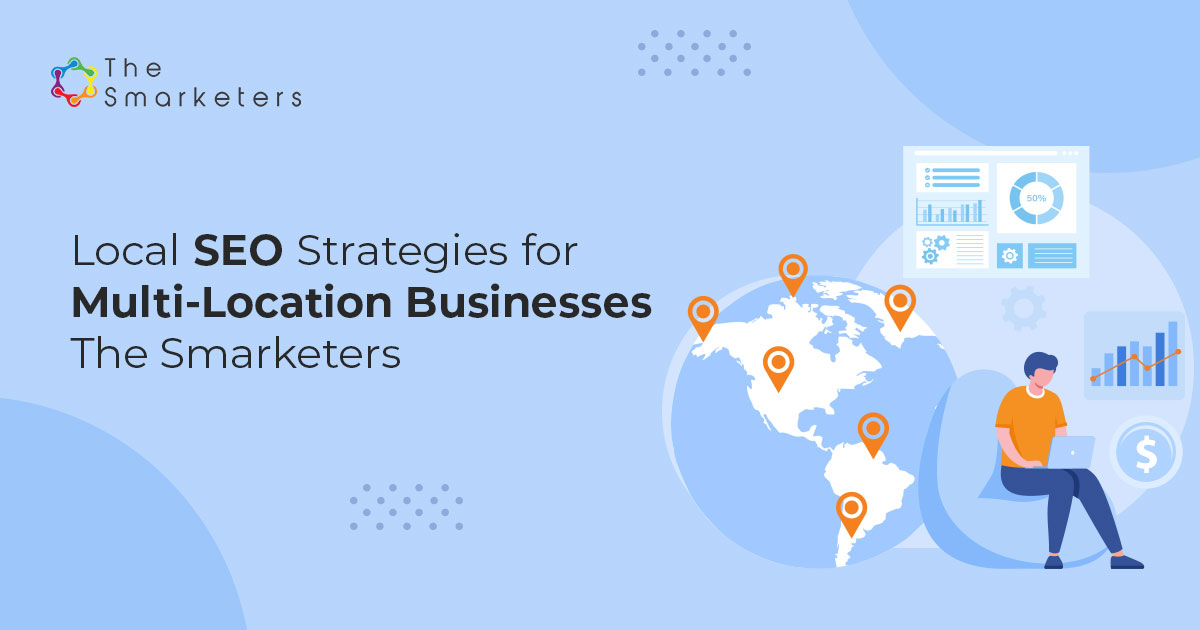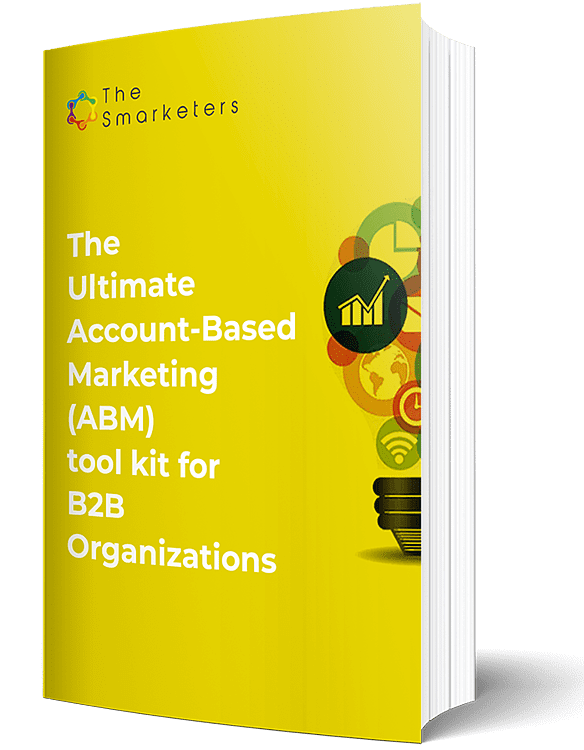The term bounce rate analysis frequently comes up in SEO campaigns and is one of the most critical yet undervalued metrics for evaluating website performance. However, it can be confusing sometimes, especially when optimizing your website for search engines.
To improve your website’s performance, it’s essential to understand the factors that contribute to a high or low bounce rate. Although it’s not a ranking factor in Google’s algorithm, bounce rate can provide valuable insights for enhancing site content and user experience.
But will the bounce rate metric still be relevant in 2024? Let’s have a look.
Understanding Bounce Rate
Bounce rate is the percentage of visitors leaving a website after viewing just one page without further interaction or exploration. It is a metric that indicates how frequently users visit your site without going further.
For example, if your homepage gets 1,000 visits and 500 of those visits are single-page visits without any user interaction events, your bounce rate is 50%.
Now, what is a good bounce rate?
As per HubSpot’s web traffic and analytics report, the average website has a bounce rate of 37%. While only 11% of websites boast an average bounce rate of over 60%, bounce rates under 40% are more common for nearly 2 in 3 websites. Setting a goal of a 0% bounce rate can be challenging and may leave you feeling discouraged.

The Evolution of Bounce Rate Over Time
The idea of website bounce rate has evolved significantly since its early days in digital marketing. Initially, it referred to the percentage of visitors who landed on a webpage and left without taking any further action. It was an important measure that showed the quality and relevance of the page’s content.
A high bounce rate typically indicated subpar content or a mismatch between what people searched for and what they found on the page.
There have been significant changes in recent years. Search engines have become more sophisticated, and the online marketplace has grown more interactive. It’s no longer just about attracting visitors. Instead, the emphasis has shifted to engaging them.
As a result, the bounce rate now includes visitors who left without taking any action and those who stayed but did not engage in any meaningful way.
What does bounce rate analysis mean now?
Today’s user experience and bounce rate metric is more complex and needs a thorough analysis alongside other metrics like session duration, pages per session, and conversion rate. Meaningful interaction can also include clicking a link, purchasing, or filling out a form.
Personalized marketing has also given rise to understanding bounce rate trends and making the necessary adjustments to the website. This shift signifies a more comprehensive approach to analyzing user behavior and improving user experience using bounce rate calculation.
Is Bounce Rate a Ranking Factor in 2024? Things To Look Out For
The relationship between SEO and bounce rate can be complicated. Although bounce rate doesn’t directly impact Google’s ranking system, it can indirectly affect your SEO efforts in two ways:
Content: Is your content relevant to visitors?
A high bounce rate could suggest that your content is unsatisfactory or not well-optimized. It could mean that visitors didn’t find what they were looking for or that your site’s content or design isn’t appealing to them. Google focuses on delivering a good user experience, so it takes note of this, and it could negatively affect your SEO.
Dwell time: How long does a visitor spend on your site?
In addition to user experience, a high bounce rate is often associated with short visit durations. If they leave shortly after arriving, it suggests that your site isn’t relevant to their search query. When users don’t spend much time on your site before leaving, it affects the “dwell time” – the time a visitor spends on a site. Google considers this an essential factor for SEO.
Prioritising Bounce Rate Optimization in 2024
Several factors can influence bounce rate, and here’s how you can improve it:
Optimize website design
To reduce website bounce rates, it is crucial to improve the design of your website. Simplifying the menu and navigation structure is paramount. When visitors can easily find what they are looking for, they are more likely to stay and explore.
This is especially important for mobile users since slow loading times and poorly fitting layouts can discourage them. You can significantly decrease bounce rates by providing a smooth mobile experience with straightforward navigation and easily accessible pages.
Simplify navigation
Complex navigation tends to frustrate users and result in quick exits. To enhance user experience, it is recommended to make menus straightforward and logically organized. Tactics such as drop-down menus, breadcrumbs, and clear labels can significantly improve navigation.
Additionally, including a search bar enables users to find specific content easily. Analyzing website data helps identify pages with high bounce rates, highlighting areas where navigation can be improved.
Prioritize mobile optimization
Mobile optimization is an essential strategy for reducing bounce rates. As more people browse the web on their smartphones, it’s necessary to ensure your website is mobile-friendly.
By using a responsive design framework that adjusts to different screen sizes, you can ensure optimal mobile responsiveness. It’s also important to optimize images and ensure fast loading times for mobile devices.
Boost content relevance
Improving the relevance of your website content is critical in bounce rate reduction. Strategies like keyword targeting and SEO optimization can attract more qualified visitors actively searching for information related to your offerings.
Content personalization for different audience segments can increase relevance, creating a more personalized and engaging user experience. One way to achieve this is by creating audience profiles using demographic information and user behavior data.
These profiles can then be used to offer personalized recommendations, product suggestions, or relevant blog posts to visitors. Using dynamic content that adapts based on visitor characteristics can further improve the personalization of your website.
Target keywords and SEO
To decrease bounce rates, it’s essential to focus on using the right keywords and optimizing your website for search engines. Conducting thorough keyword research can help you identify commonly searched terms in your industry.
By strategically incorporating these terms into your website’s content, search engines will better understand the relevance of your website to user queries, resulting in increased organic visibility.
For example, a website advertising yoga classes could optimize its pages with keywords like “beginner yoga classes” or “yoga for stress relief.” By aligning your content with targeted keywords, you’ll attract and engage the right audience, reducing bounce rates.

Elevate Your Website Optimization Today
Bounce rates are a common concern for website owners but an essential metric to understand. When you’re investigating website bounce rates, look at the bigger picture. Consider how much time people spend on your website, where they’re coming from, and what device they’re using.
This will help determine if your content and user experience align with these factors. You may also uncover patterns that can assist you in addressing the problem of high bounce rates.
Research shows 94% of a company’s first impressions are based on its website. A functional and visually compelling website becomes a reliable growth engine, driving traffic, engaging potential customers, and ultimately generating consistent sales and new clients.
Are you looking for ways to upscale your website for a reduced bounce rate in your B2B marketing?
Let The Smarketers help!
Our team of web experts is highly skilled in UI/UX design, full-stack web development, brand experience, search engine optimization, and conversion optimization. We work on improving traffic, user experience, and conversions based on how visitors have been using your website. From design and wireframe to website audit, assessment, and strategy, we employ best practices to improve rankings and maximize conversions.
Get in touch and let your website speak for you!



